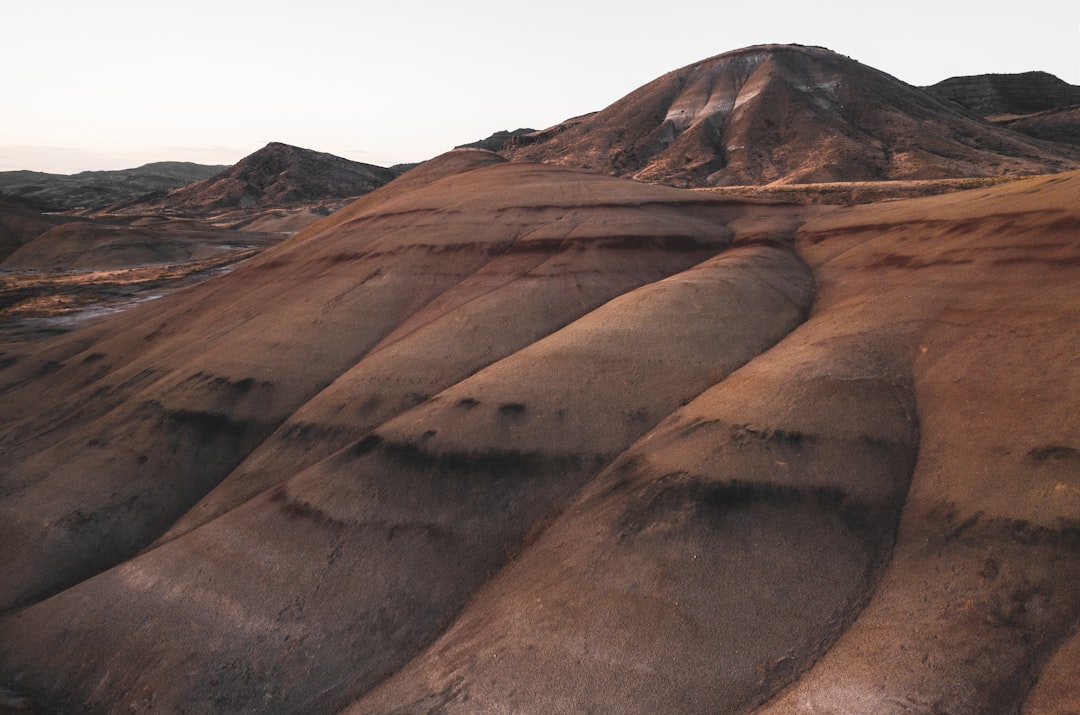What is it about?
Magnetic polarity dating of the most splendid exposure of Siwalik sediments. Magnetic analysis of sediment cores drilled every 10 m along a 3600 m section along the Karnali river. The result is the most detailed magnetic polarity stratigraphy, age dating and reconstruction of the depositional history providing the chronological framework for a multitude of geoscientific studies.
Featured Image
Why is it important?
Timing or determining the age of the sedimentary sequence is the most important step in geological studies as any further measurements of geological, geophysical, geochemical properties/phenomena or fossil findings etc. can be assigned age and used for reconstruction of the geological history and ancient environment and climate. In the case of the Karnali River section, radiometric dating and paleontological methods are difficult use for precise dating due to the lack of material for precise dating. So, the magnetic polarity reversal record preserved in the sediments sampled at 360 sites (levels) has been used in this study for age dating using the state of the art equipment (a super conducting cryogenic magnetometer) available at the University of Tuebingen.
Perspectives
Study conducted at Hokkaido University under JSPS Postdoctoral Fellowship and University of Tuebingen under collaborative research stay as Guest Researcher from the German Research Council (DFG).
Dr. Pitambar Gautam
Hokkaido Daigaku
Read the Original
This page is a summary of: Magnetic polarity stratigraphy of Siwalik Group sediments of Karnali River section in western Nepal, Geophysical Journal International, September 2000, Oxford University Press (OUP),
DOI: 10.1046/j.1365-246x.2000.00185.x.
You can read the full text:
Resources
Contributors
The following have contributed to this page










